Local governments are big business in the US. According to the latest statistics the sector employed 10.6 million full-time employees or 76.2 percent of all workers. And in Q2 2024, state and local government annual spending was an incredible $3.93 trillion. These kinds of statistics clearly demonstrate just how big the work of local governments is and that’s not to mention the impact they have. Virtually every aspect of our daily lives is touched by the services provided by local governments. From education, hospital and healthcare through to parks, transport, highways and public works as well as police and fire departments, local governments’ services impact on us from cradle to grave. And managing local governments is a big task too. The sheer range of disparate services, number of business units and staff members involved make it a challenge. Factor in the unique aspect of elected members and citizen representation, and it becomes a whole lot more challenging. Probably because of the unique challenges local governments operate in, the sector has traditionally been slow to embrace new technology. However, the increasing demand of citizens for cost-effective, efficient and effective services is changing that. So, if you are looking for a technological solution that can support the efficient and effective delivery of public services, then a cloud intranet could be the answer. In this article, we look at some of the common challenges faced by local governments on a daily basis. We then consider how a virtual town hall solution can help to make those challenges a whole lot easier.
Virtual Town Hall Software: The Benefits
Improve Internal Communications
Keeping employees connected and up to date with all the latest news is one of those challenges. Within each local government, there will be several business units with staff working in a variety of locations. The days of a single town hall setup are gone. A new, more dynamic communication solution is needed to replace the old paper staff newsletter or all-employees email.

In the context of elected representatives, this digest approach is very important. They are required to keep on top of a whole variety of topics and information. As well as being updated on internal happenings and events, the representative also needs to keep on top on feedback from citizens as well as relevant national legislation and initiatives.
And the 24/7 cloud nature of the intranet ensures that staff and elected representatives alike can access the news feed at a time and place that’s convenient to them. For the employee, it could be on their morning train commute into work or during some downtime while attending a conference. And for the elected representative, it could be before a meeting of the elected officials or a public consultation event. Either way, the employee or official has at their fingertips all the information they need via the mobile-optimized, cloud intranet.
Easier Information Sharing
The fast and efficient sharing of information across teams and business units is fundamental to effective service delivery. Town hall departments rarely operate in isolation. The intranet serves as a central repository and single source of truth for all information needs. Supported by intuitive site navigation and advanced search function, an employee can directly source the data they need with just a few clicks of the mouse. Need to find out the voter turnout at the last election? Perhaps you’re after the highway maintenance program? Maybe you need to check on the schedule of meeting dates for elected officials? The intranet has the answer to all these queries plus a whole lot more.
What’s more, the self-service approach is not only empowering for staff members and elected representatives, it’s an all-round great time-saver. In addition, unlike the paper systems of old or even Dropbox and shared folders, officials and staff can be confident that the information they are accessing is the most current.
At times local governments will be dealing with sensitive or confidential information. This could be the private details of citizens or commercially sensitive data. The intranet uses the latest SSL encryption technology to secure the data from external threats. In addition, it’s possible to restrict access to confidential information using the intranet’s in-built permissions and rules. In this way, only those staff and officials that really need to can access this information.
Better Knowledge Management
Closely aligned to information sharing is the need to manage knowledge effectively. Local governments will have thousands of processes and procedures that form part of the daily work of staff. Having systems in place to manage and transfer that business-critical information is essential. It’s been estimated that up to 10,000 people retire each day in the US so that’s potentially a huge amount of corporate knowledge that’s simply walking out the door.
The intranet is the place to manage all that corporate knowledge effectively. Onboarding of new staff or covering staff on sickness and vacation leave will be much easier. You can organize the intranet on a business unit level with supporting pages at a departmental or team level. All the information staff need to know to perform the job is on the intranet. What’s more, you can deploy a variety of media to suit the different learning styles of employees. Take your pick from the following in a mix-and-match, knowledge management menu:
- Wikis
- How-to videos
- Checklists
- Podcasts
- Standard operating procedures
- Frequently asked questions.
Improved Compliance
Local governments are governed by a whole raft of rules and regulations. It could be federal legislation or guidelines from government bodies in relation to employment, labor, workplace safety or health. It’s a full-time job keeping on top of it. The consequences for failure can be huge both in monetary terms and in terms of the damage to local governments’ reputation and standing.
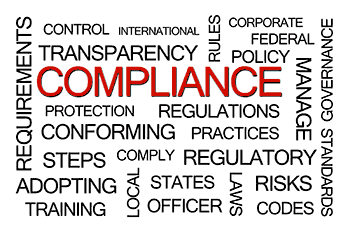
A dedicated compliance center will provide management with the necessary oversight. Regulatory policies, procedures and manuals can be published and updated in this section. A message on the intranet’s news feed will ensure staff are alerted to any changes in a timely manner. Furthermore, management can enable read tracking so they can see at a glance who has read the update. And when it comes to testing staff members’ knowledge or checking that they have understood a piece of content, then the intranet can help there too. An online knowledge survey or checklist can quickly assess who needs further training.
Wikis or blogs can be used by team members to share good practice ideas and insights across multiple authors and topics. This could be in relation to regulatory compliance or indeed any work-related issue. In fact, blogs and wikis are a great vehicle for giving employees a corporate voice and facilitating two-way conversations across teams and directly with management.
More Integrated Management And Service Delivery
The intranet facilitates the planning and coordination of services making for more integrated service delivery. We have all been on the receiving end of disjointed public services. Most of us have seen the same stretch of highway being dug up several times over by local government departments that are seemingly operating in isolation.
Alongside the tools supporting improved communication and easier information sharing, the intranet has other features that support collaboration and integrated management.
One of the great barriers to collaboration and joint working is not knowing who to talk to. An online staff directory includes biographies that highlight key areas of expertise as well as current projects. Using the self-service approach, staff can quickly and easily source internal subject experts or potential collaborators. So, say for example, a public health worker is looking to start a community exercise initiative, the employee can identify relevant help from the health and education departments or the parks and recreation business unit. The online directory can also include elected officials so any local representatives can also be involved in local projects.

Another tool that facilitates more integrated management and service delivery is the intranet’s corporate calendar. The calendar feature can be used to highlight all schedules, meeting dates, deadlines and public events across the whole of local government or by individual business unit. Townhall staff can see at a glance what’s scheduled for a local area. The problem of disjointed services and the same highway being dug up several times over will be a thing of the past!
Automated business processes are also an important feature in this context. It could be a relatively simple task such as a staff member ordering new supplies. Or it could be a more complex workflow such as monthly financial reporting on expenditure. Either way, the intranet’s easy to implement in-built forms builder means that you can create your own online forms. Drag and drop fields alongside simple setup rules and actions means that the average employee can create a customized form without the need for any great technical know-how. What’s more, the intranet will automatically route the form to the correct team for action. It’s also possible to share the information with other teams or business units that might be affected or have an interest in the outcome for enhanced service delivery.
Virtual Town Hall Software: The Bottom Line
Better public services and enhanced service delivery has to be the goal of local governments throughout the country. And that’s exactly what’s on offer with cloud intranet technology.
As we’ve seen, an intranet platform can help public officials and servants meet many of the daily challenges they face. But an intranet has a couple of other important advantages too:
Single Sign-on
Local governments are typically not at the forefront of technological change, however, where technology has been deployed it’s usually happened haphazardly with little central oversight. If you did an audit tomorrow of the apps and software that are currently in use, the chances are there are multiple platforms already operating in the town hall. However, all these different platforms are not always compatible and may not be the most cost-effective option either. In addition, they can make for a cumbersome user experience.
The intranet by comparison requires just a single sign-on to access all the fantastic features we’ve discussed in this post. Not only does that mean information can be more easily shared within and across the platform, it also makes for a more streamlined user experience. There will be no need to have multiple apps or screens open to get a task done. And there’s no need to remember several passwords and different login details!
Cost Certainty
Cloud intranets are usually available for a modest fixed monthly fee. There’s no hidden extras or charges. This means you have cost clarity and certainty. And in the context of cash-strapped and publicly accountable local governments, this is very important.
However, the intranet isn’t just cost-effective, it’s also very flexible. Here at MyHub the fixed monthly fee covers unlimited data storage and users as well as ongoing help and support. This flexibility means that the intranet can grow in tandem with your services and business needs. The costs, however, will remain the same.
Tried and Tested Technology
The final great advantage of the intranet platform is that the technology is tried and tested. MyHub is a global business and our intranets have been deployed in a wide variety of businesses and industries throughout the world. Quite simply, the technology is tried and tested. This means you can have complete confidence that the intranet will deliver.
Interested in finding out more? Contact the knowledgeable team at MyHub for a free demo. We’ll walk you through the software so you can see for yourself how an intranet can support the delivery of public services in your local government.

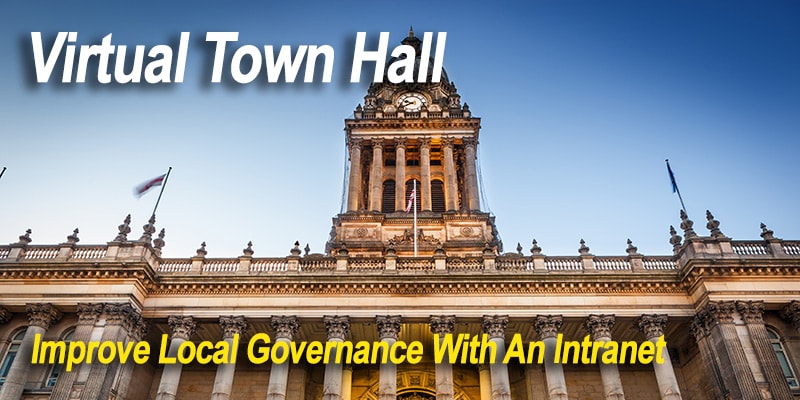
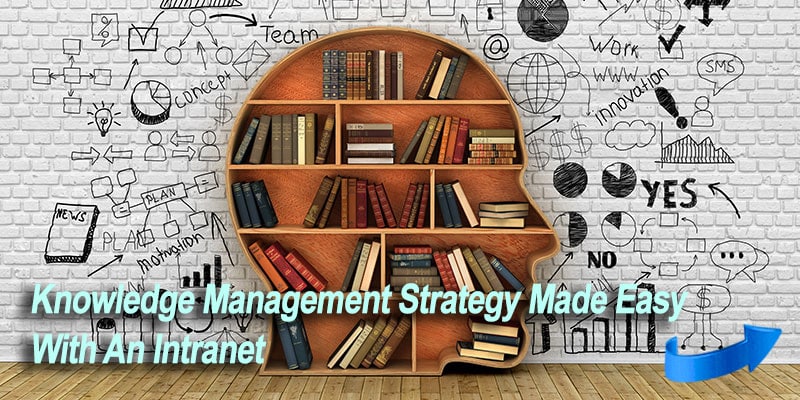
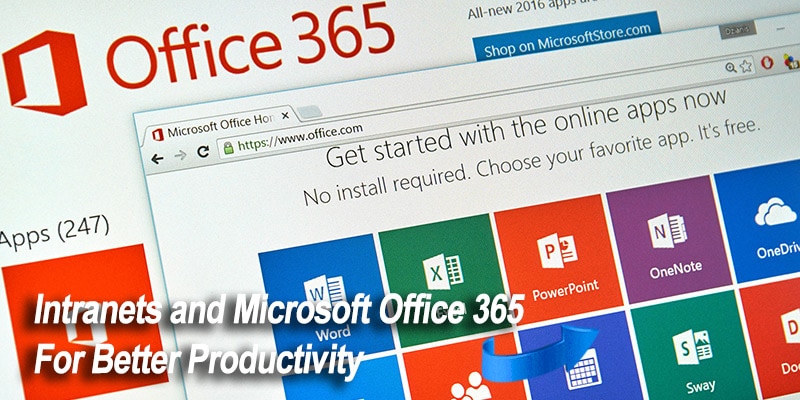


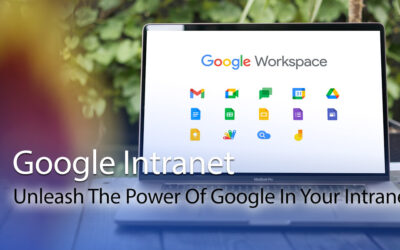


0 Comments